Taujėnai and Raguvėlė - two villages with estates of different fate
Taujėnai and Raguvėlė are two villages separated by about 30 km. Both had high descent owners in the past - Radziwills and Komars. But today their fate is rather different:

First of all I will place a map showing were those villages exist: Taujėnai is closer to the Ukmergė while Raguvėlė is further to the north:
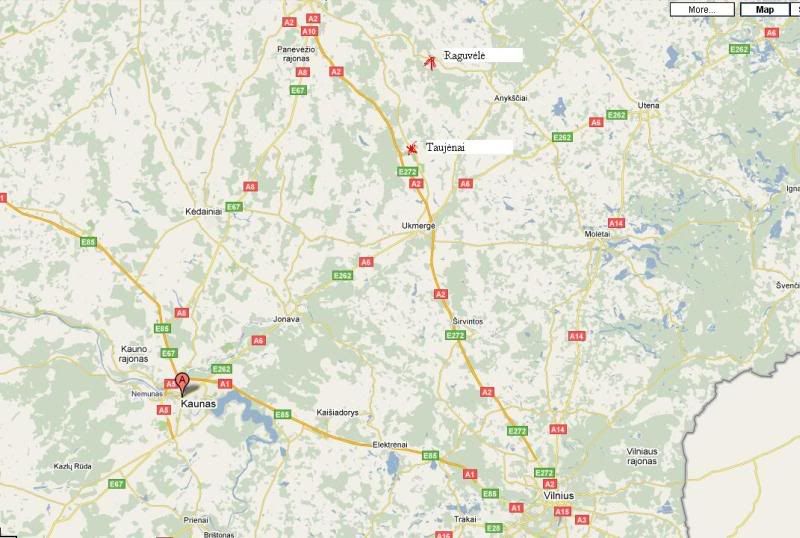
Taujėnai is village (former center of kolhoz) with about 300 residents. It would be very ordinary village but has at least one object of attraction.
First of all on arrival to Taujėnai from southern side first more interesting object is a classicist church. It's construction was very long and lasted from 1820 to 1858 (arch. Szuren). Construction at the place of older church was initiated by count Benedicto Mariconi and finished by duke Karol Radziwill and his wife Jadwiga Plater. Those families will be important later (just a few photos below):))) (those counts and dukes are buried in this church)
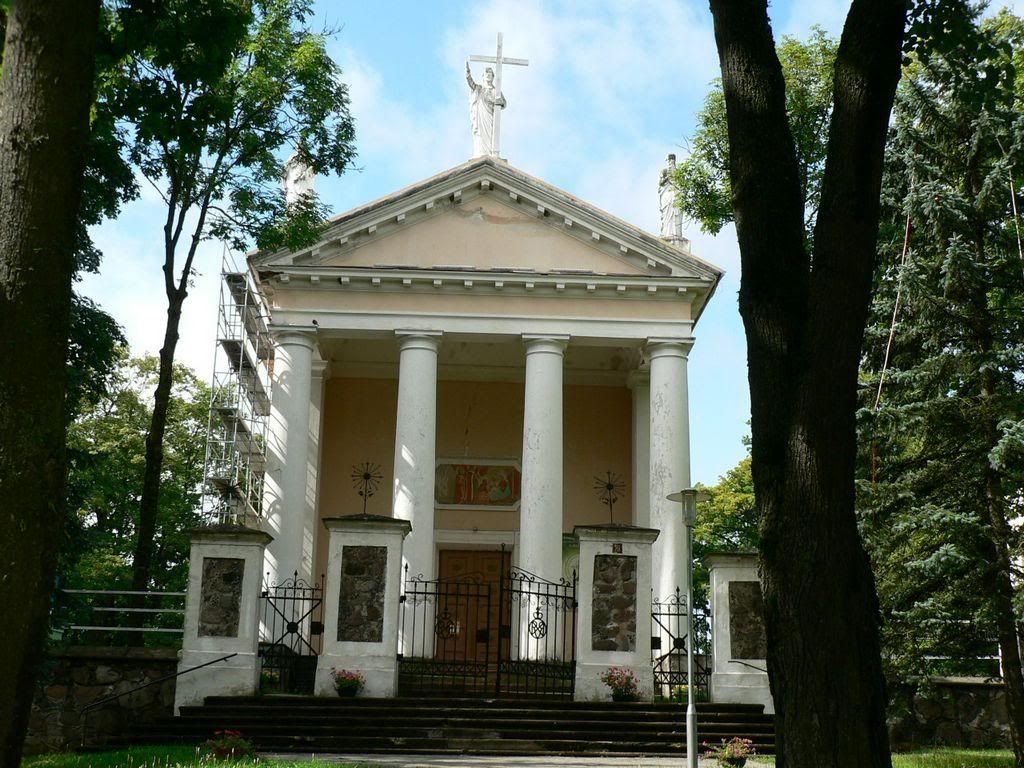
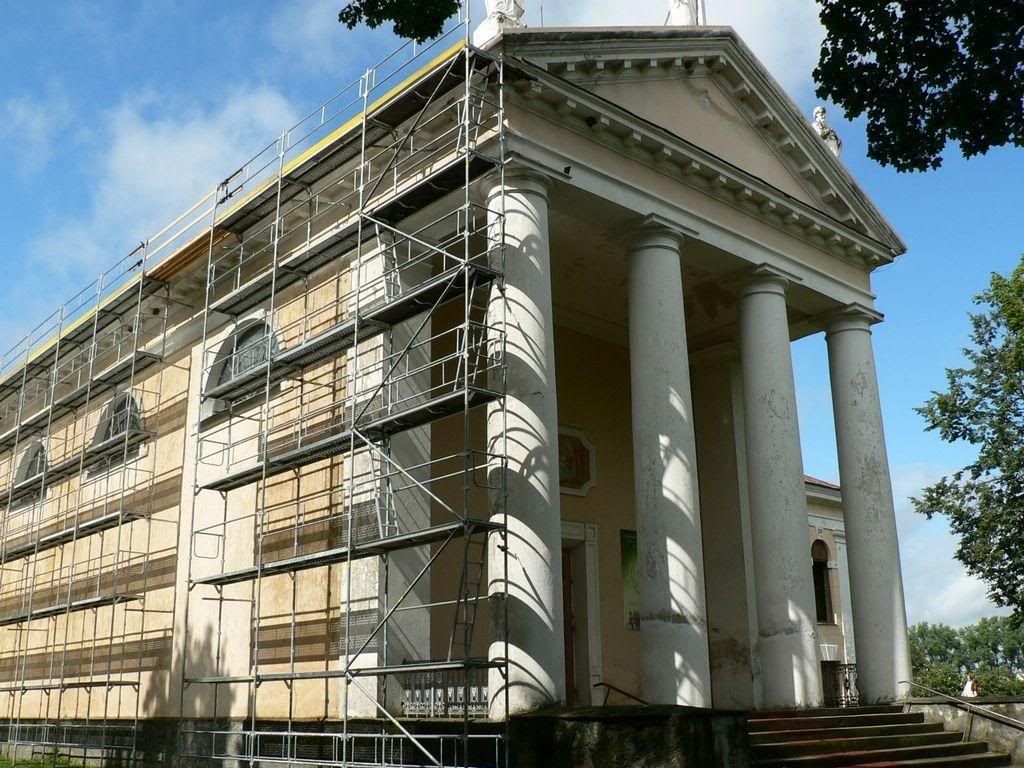
Belfry nearby (1854-1858):
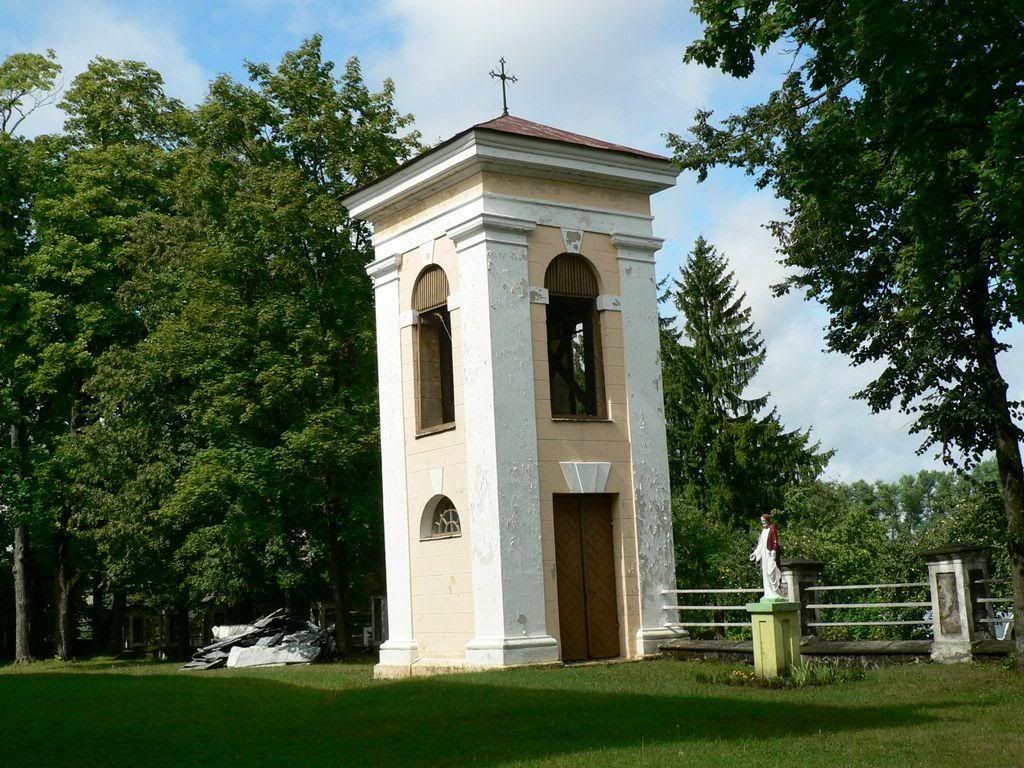
Very modest monument in the village:
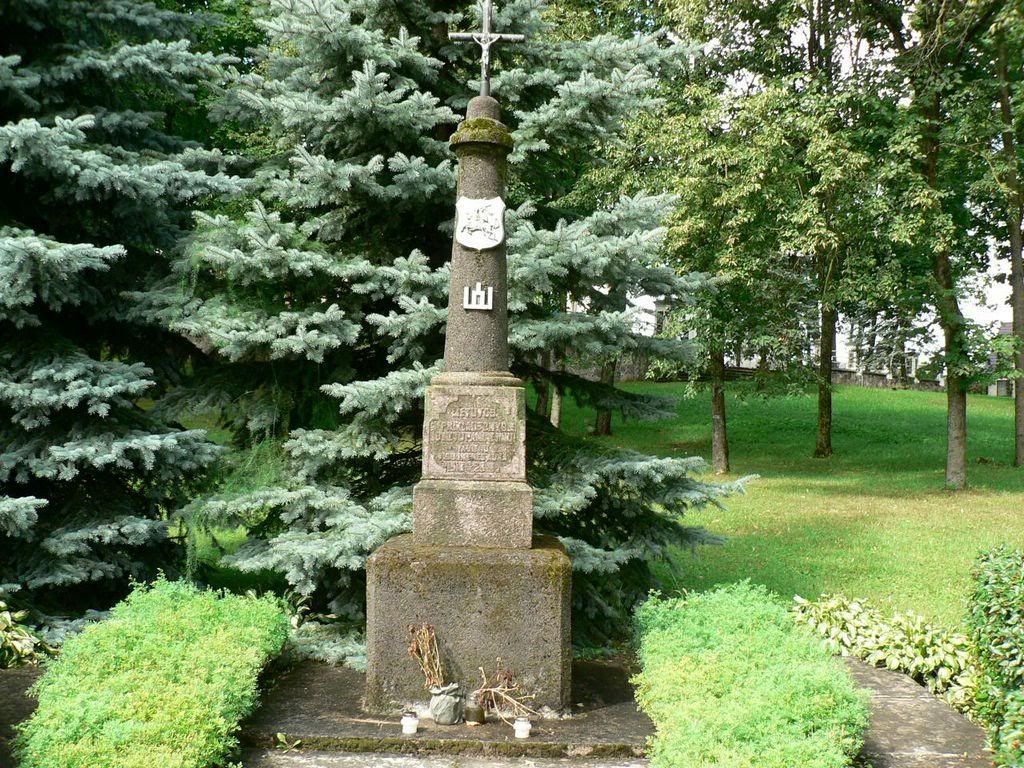
But the biggest point of attraction in Taujėnai is estate which is located at the northern corner of the village. Taujėnai estate is known from 1595. In the XVIIth century it changed owners many times till the daughter of the owner married Bonifac Pac and it became a property of the Pac family. In XVIIIth century it became property of Radziwills again via marriages. The most important change happened in 1790 when energetic young Italian count Benedicto Mariconi married Maria Radzillowna. After that he began significant reconstructions of the estate (he is credited with the invitation of Pietro de Rossi , the last great Italian architect who worked in Lithuania). Estate was reconstructed in 1795-1802 of course according the project of de Rossi. In the XIXth century mansion returned the name of Radziwills. In 1918-1940 the estate belonged to the Konstatinas Radvila - the single representative of the famous family who choose Lithuania instead of Poland in 1918. Count was arrested in 1940 and died in Siberia in 1941.
Later here was administration of sovhoz. In the 1990s estate was unused entirely. Photos done in 2003 from Cultural heritage preservation department website shows the situation ...
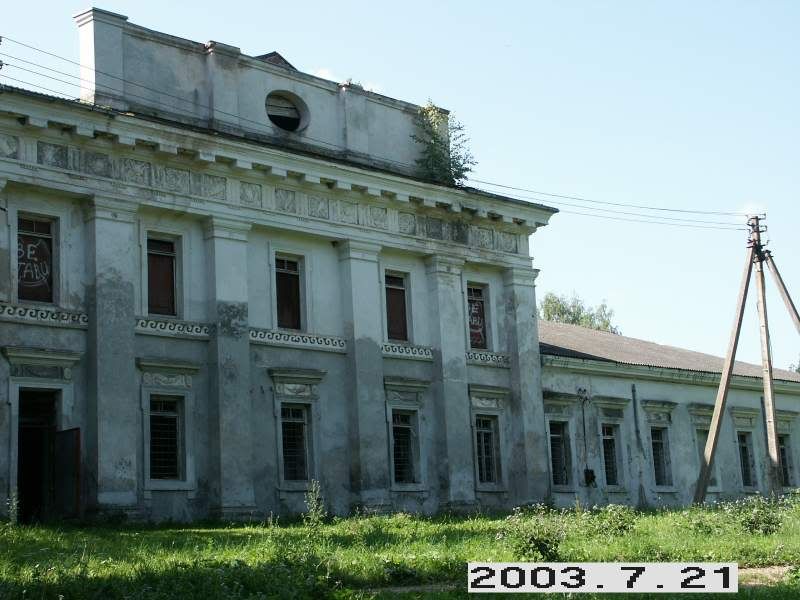
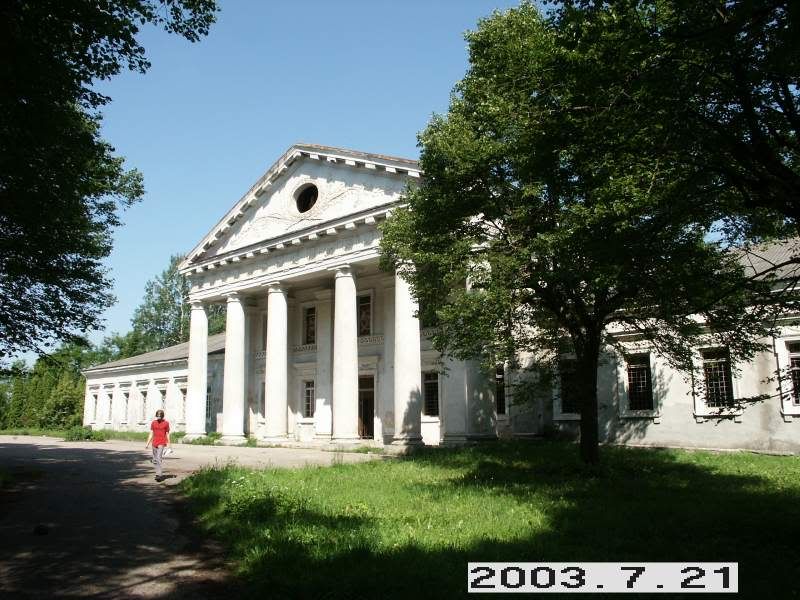
Painting of Napoleon Orda:
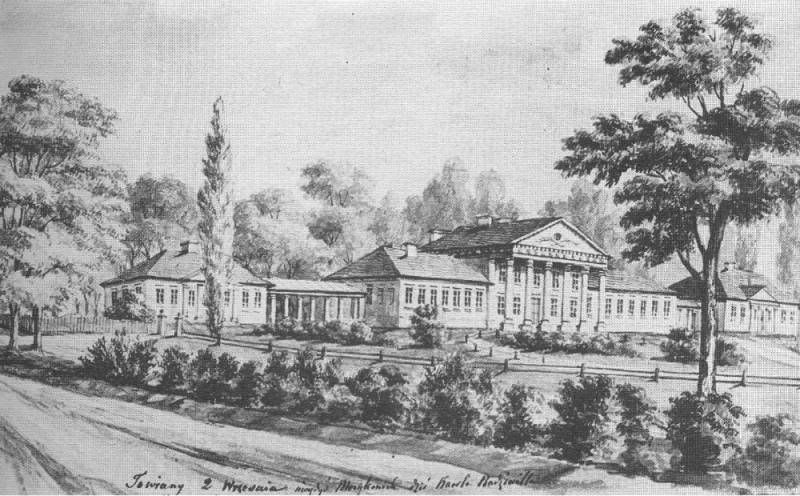
In 2006 - 2008 estate was restored by mysterious Lithuanian businessman living in Switzerland. Situation now is significantly better. But if earlier you could walk around estate now you can see tables everywhere "Private property. Entrance, photographing and filming only with the permission" ... So I did photos only from the other side of the fence:

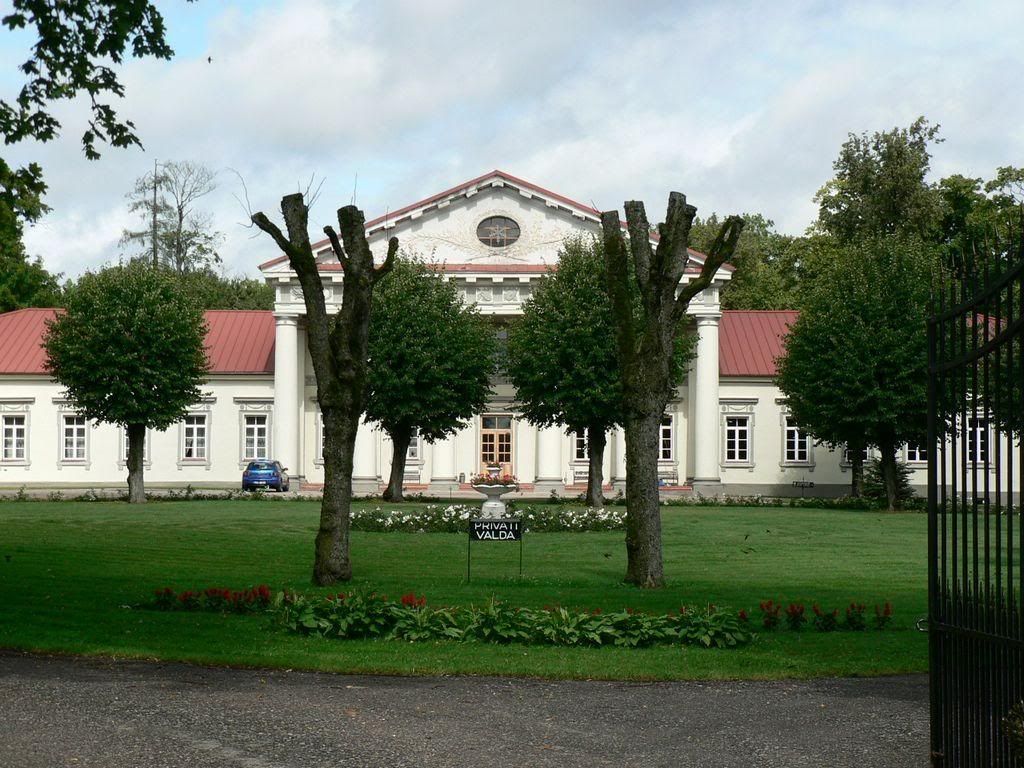
Other buildings are used also:
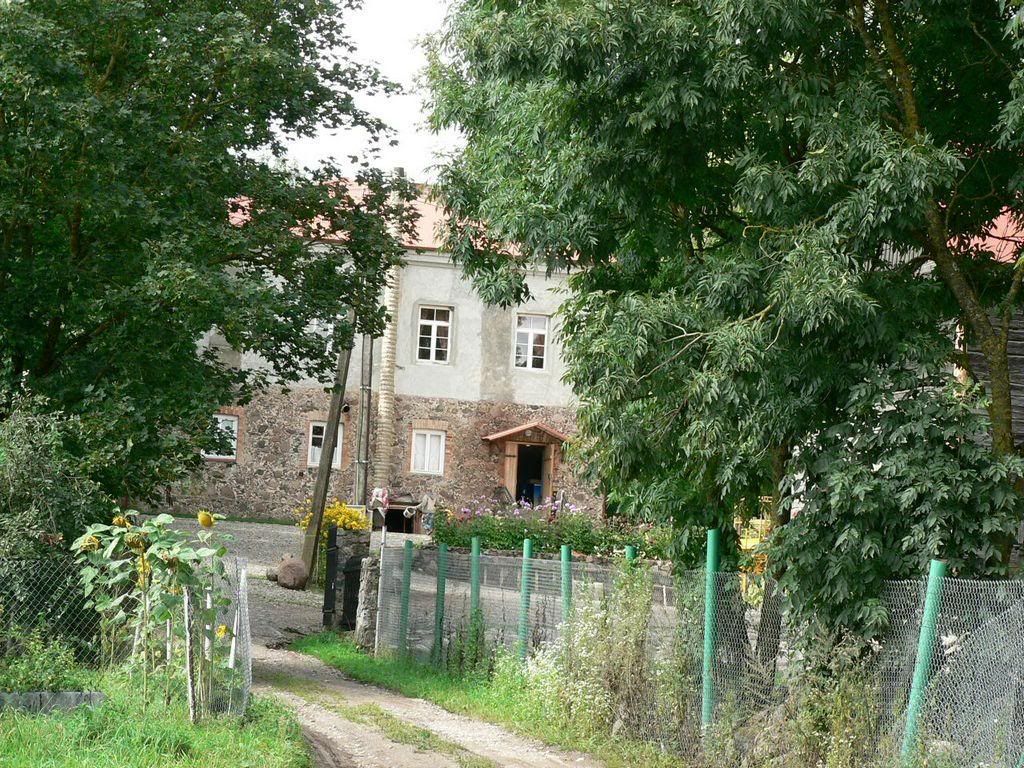

Coming back:
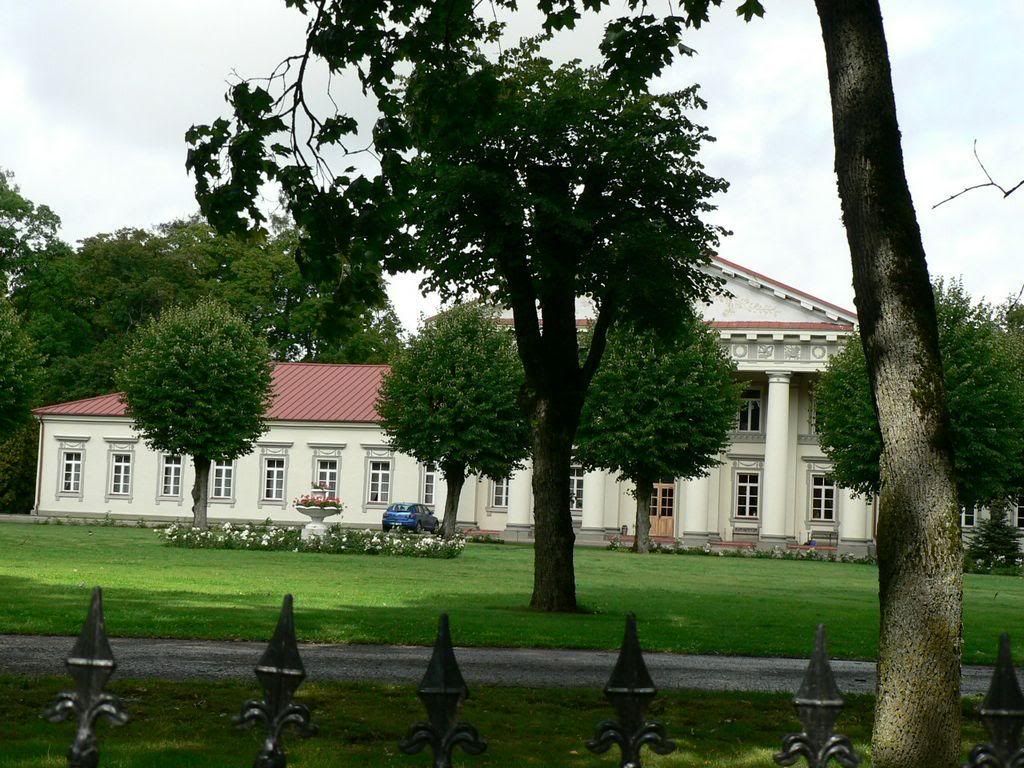
Other side of the residence:
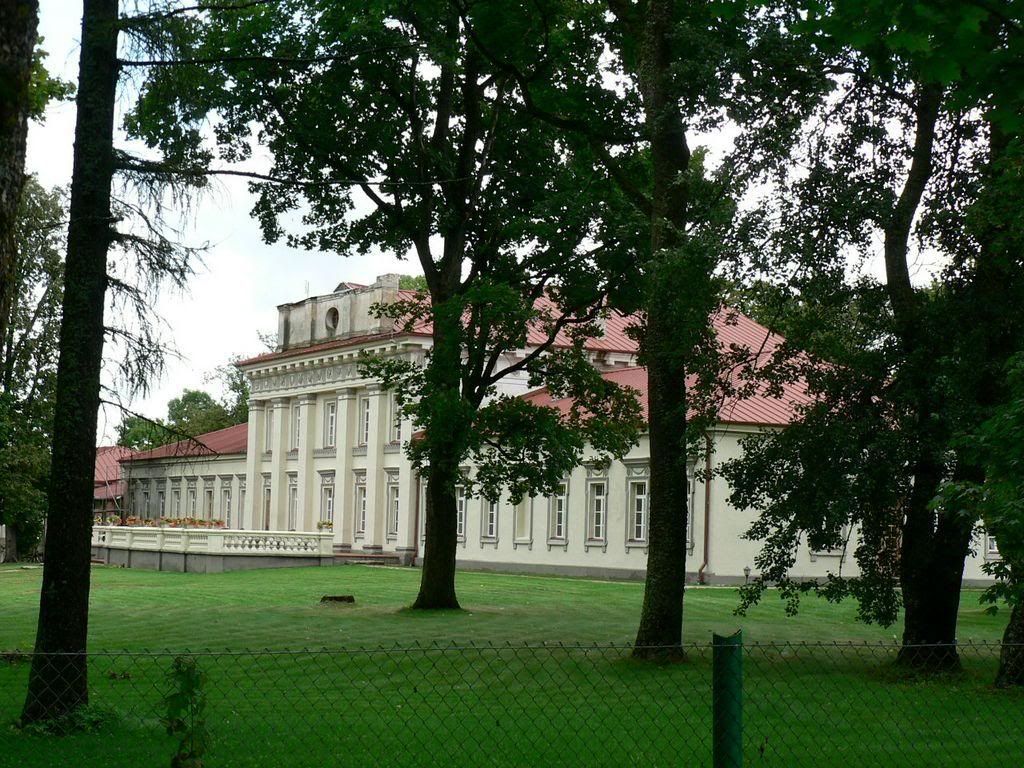
Garden:
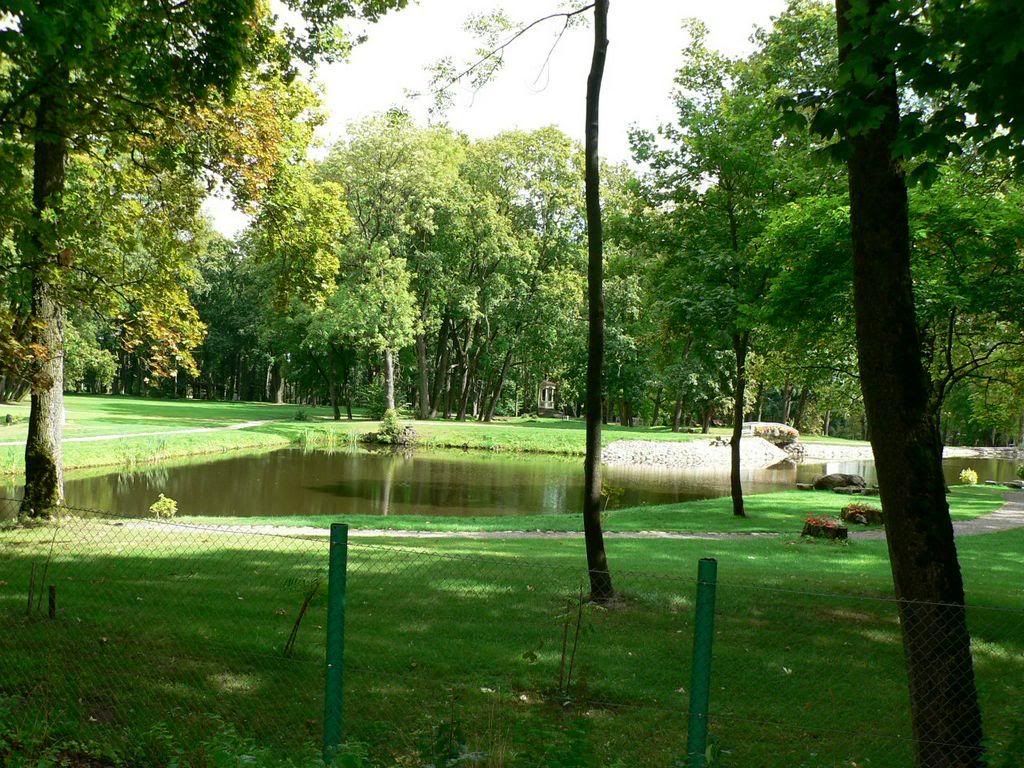

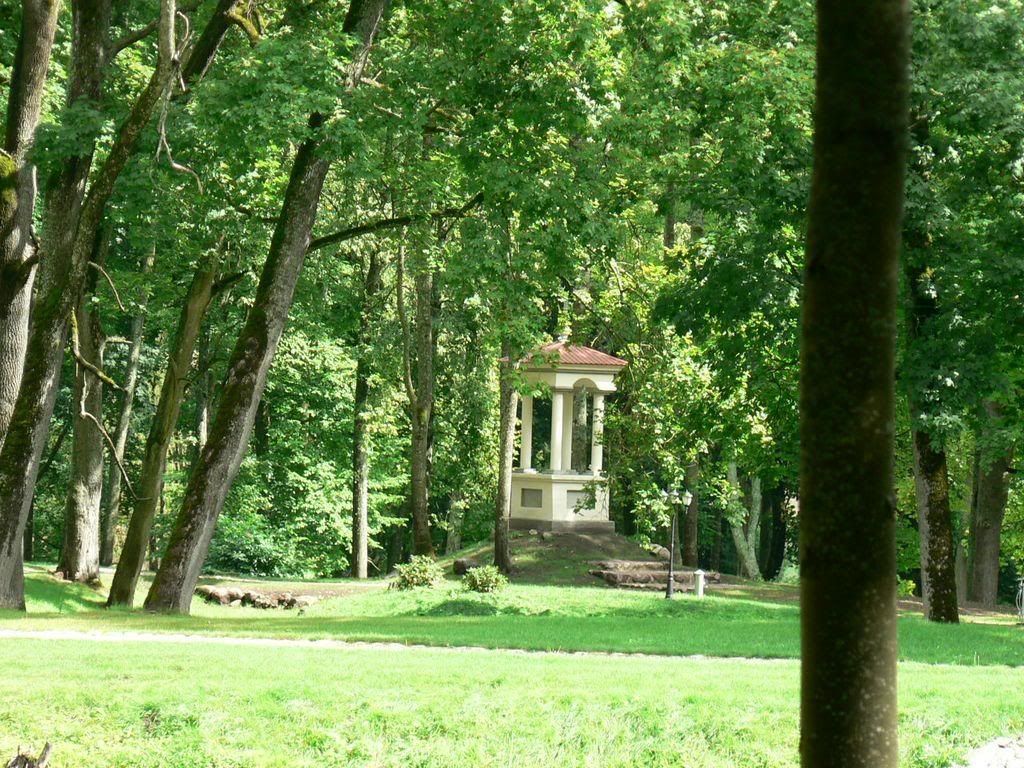
Interiors are also interesting and restored but I do not visited residence inside. Estate became popular place to held various celebrations. miss pageants, etc. If someone is interested may look to those small third party pictures:
http://www.7seasons.lt/?show_pic=2561
http://www.7seasons.lt/?show_pic=2562
Then I went to the Raguvėlė. In the XVIIIth - XIXth centuries Raguvėle belonged to the Komar family. This family is known from the XIVth-XVth century in Ukraine. In XVIIIth century family somehow relocated to the Lithuania. Some of the Komars returned to Lithuania in 1990s and 2000s. But the situation with the estate is worse here.
In the center of this village is the wooden church built in 1796 by Georg Komar:
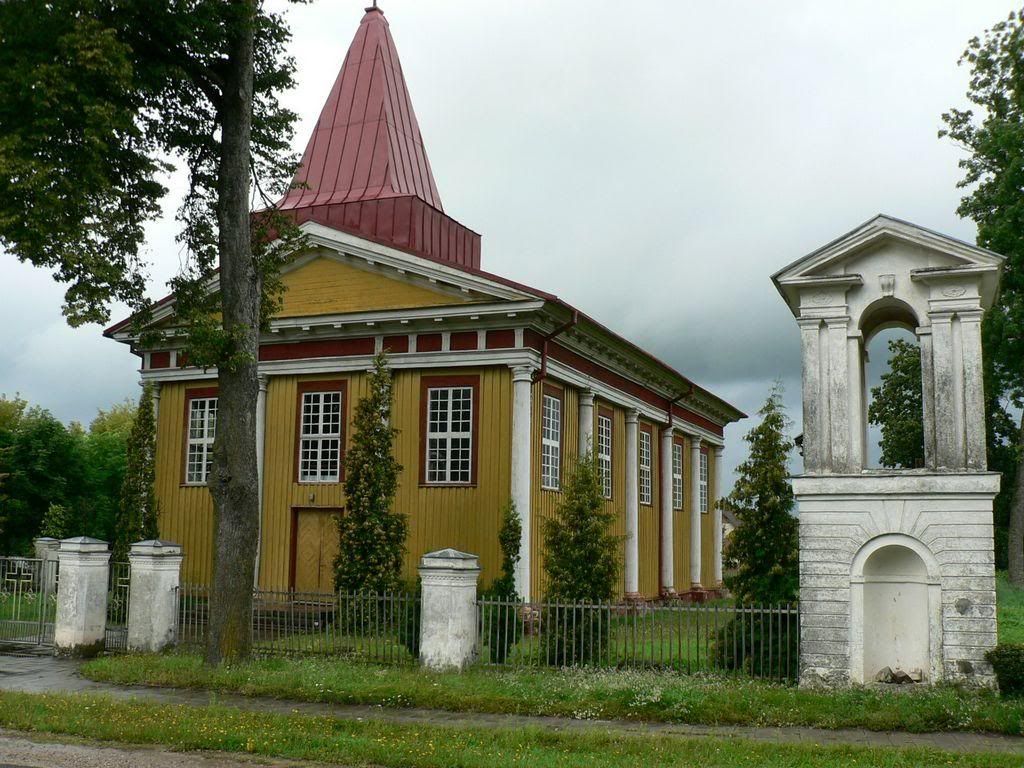
Belfry:

More general view (the weather changed very rapidly that day):
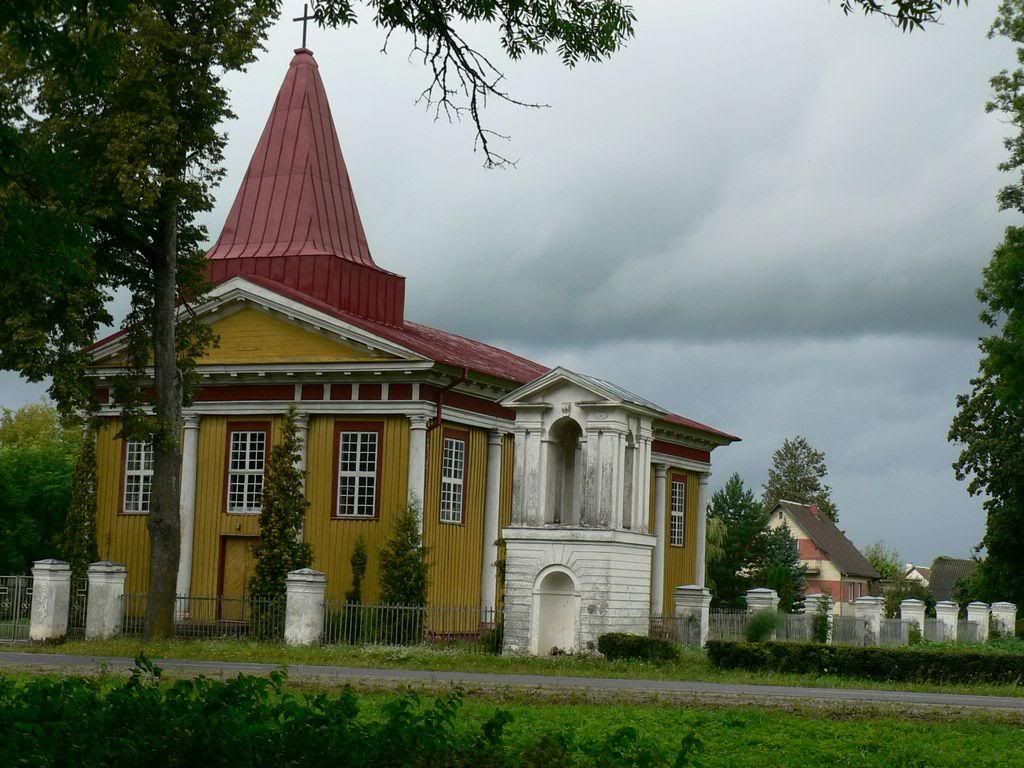
And nearby we see forgotten building which earlier was part of manor complex:

To reach the main residential complex we need to cross small park.. The remaining residence was built at the end of XVIIIth century and the beginning of XIXth by the same Georg Komar. He was a colonel of Lithuanian army in the Napoleon's Grand Armee , participant of Borodino and other battles and at the same time personal friend of Alexander I, Tsar of Russia. Alexander lived here at least 5 times between 1815 and 1822 as a guest of Komar. The wars were somehow different in that times :))
The main complex isn't in good condition now:

Coming closer:
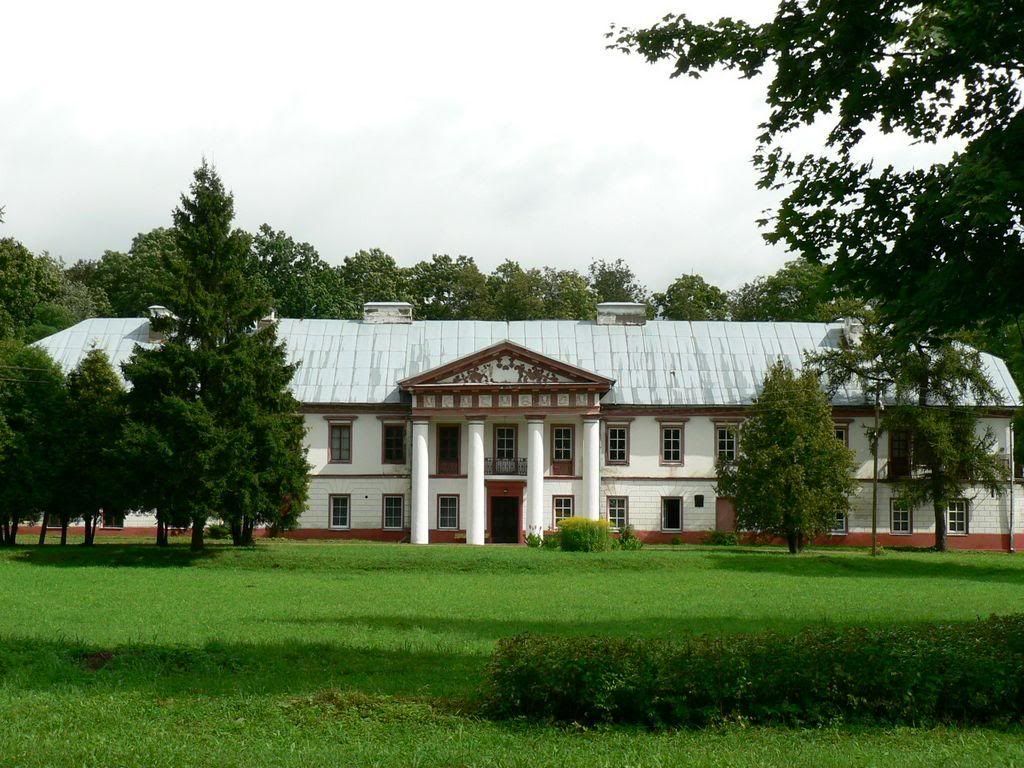
Residence from other side:
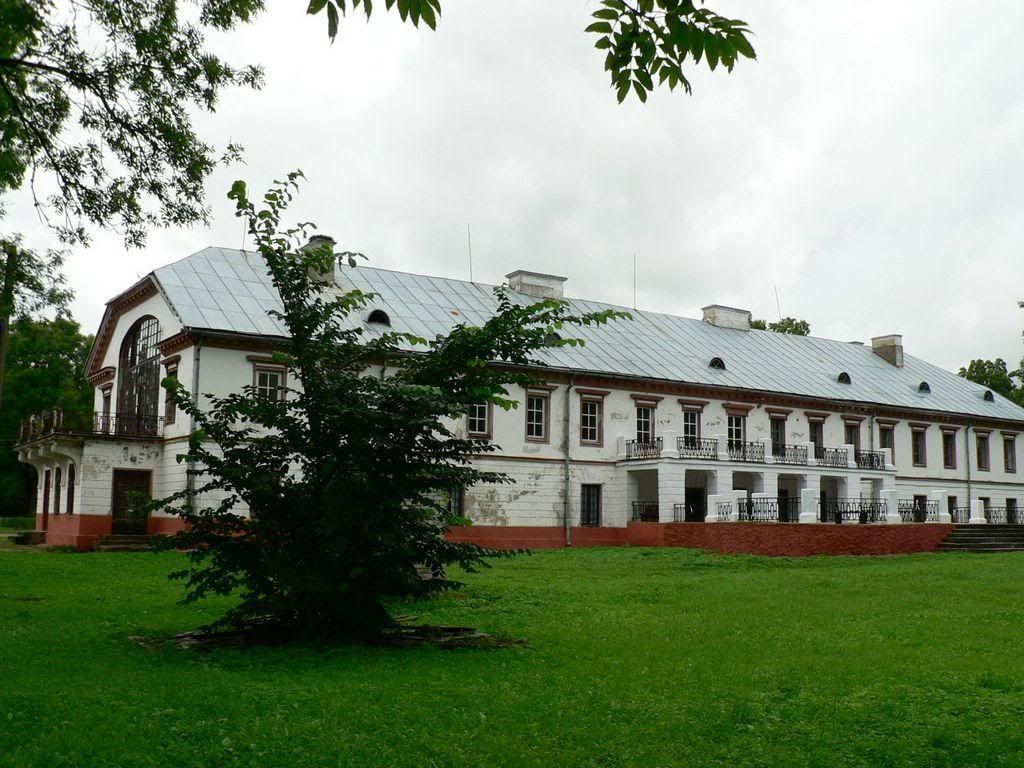
Details of decor:
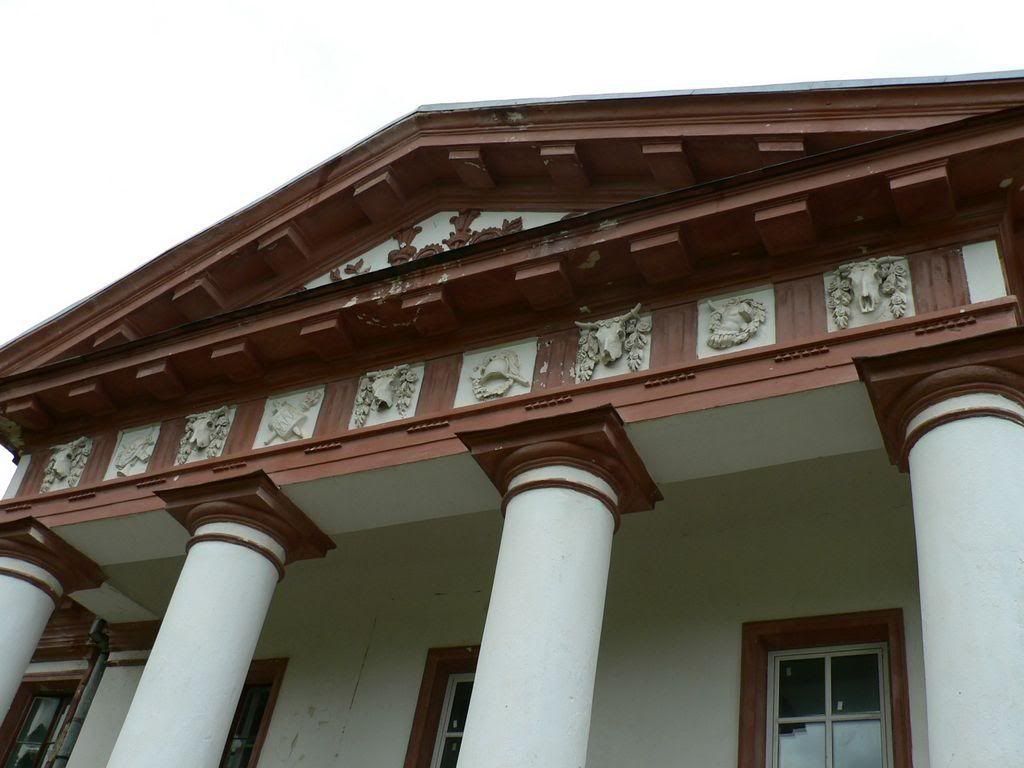
Other buildings are in even worser condition:
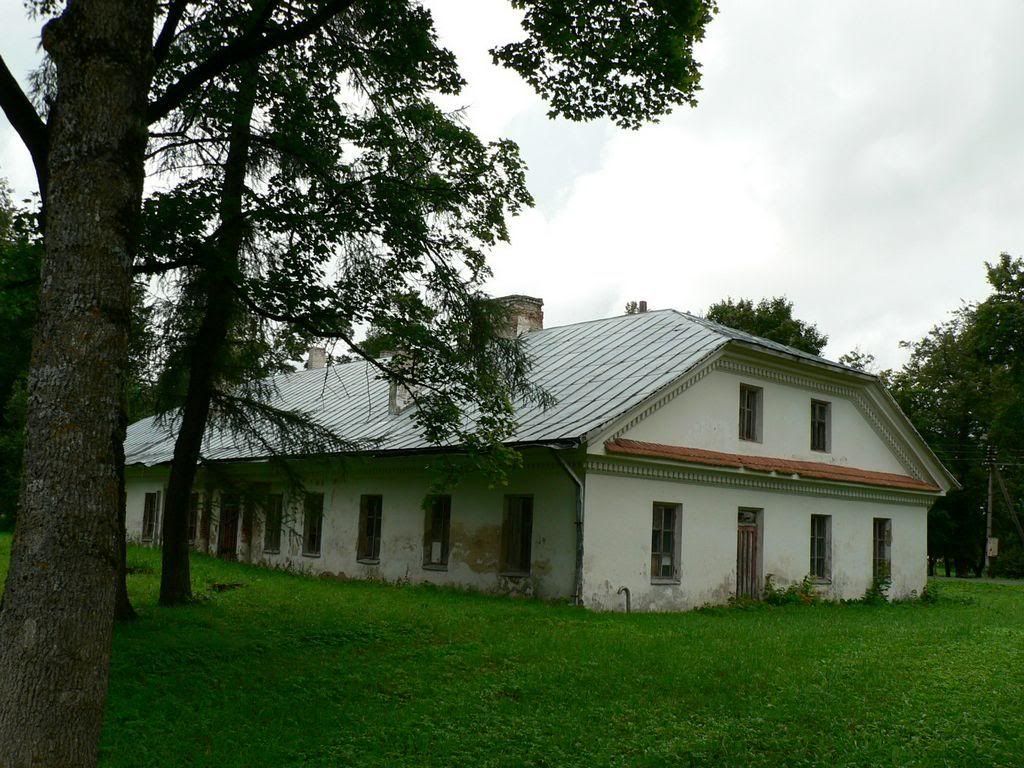
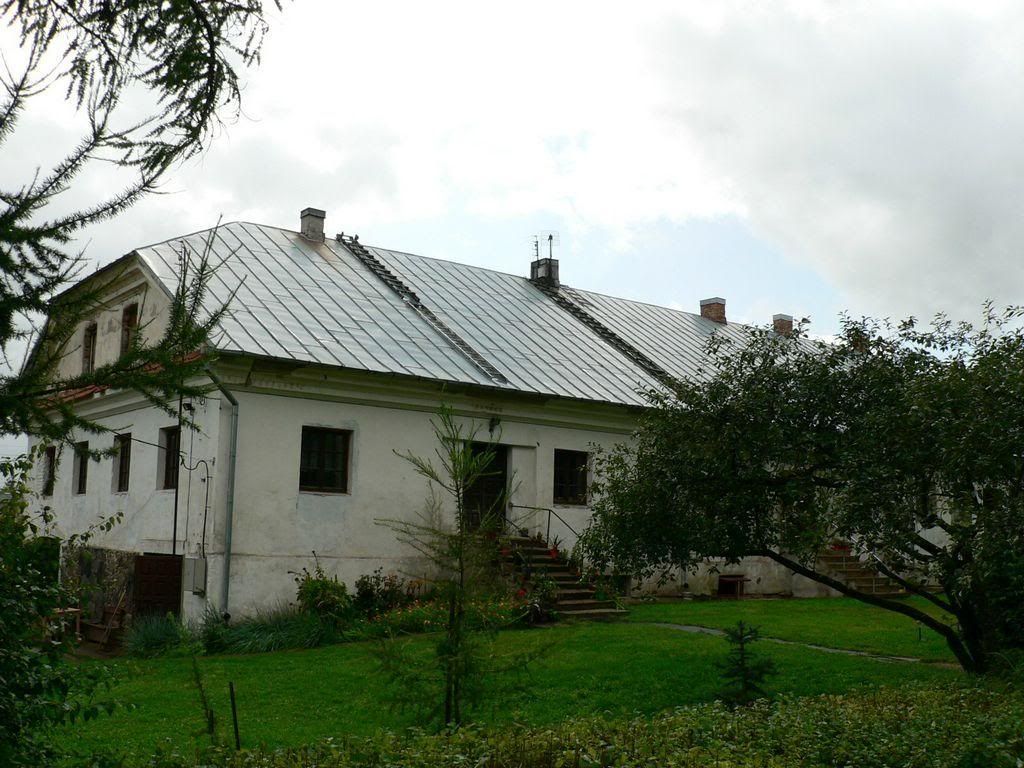
Two Komar's chapels - mausoleums (around 1840-1850). One restored , one not:
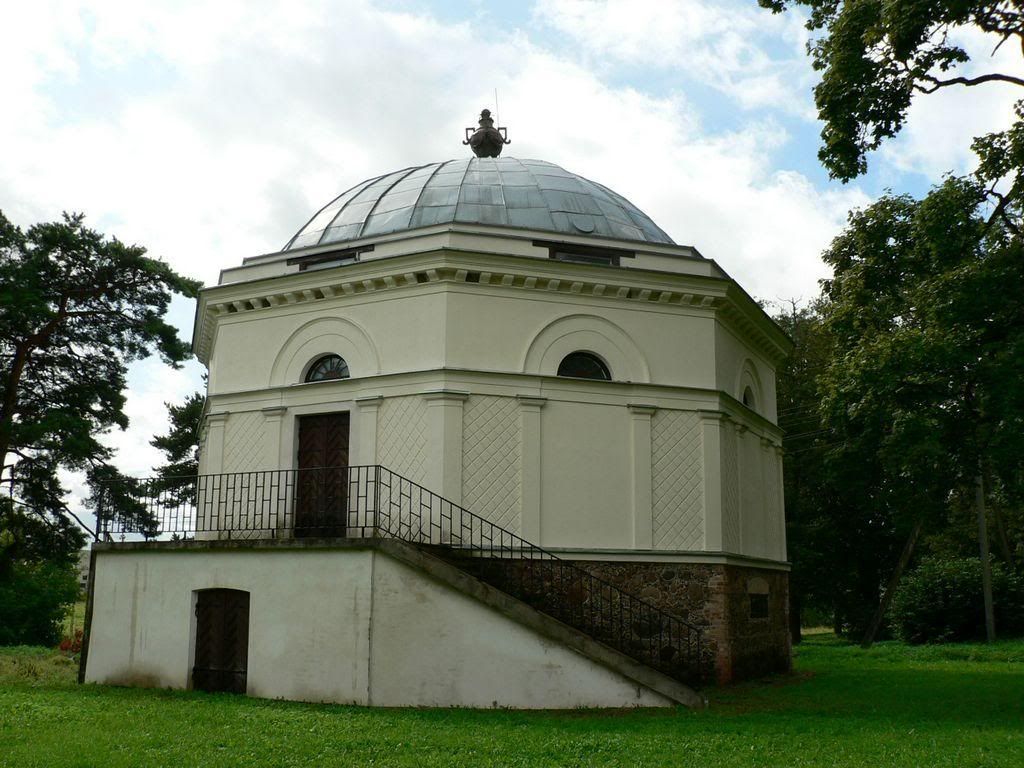
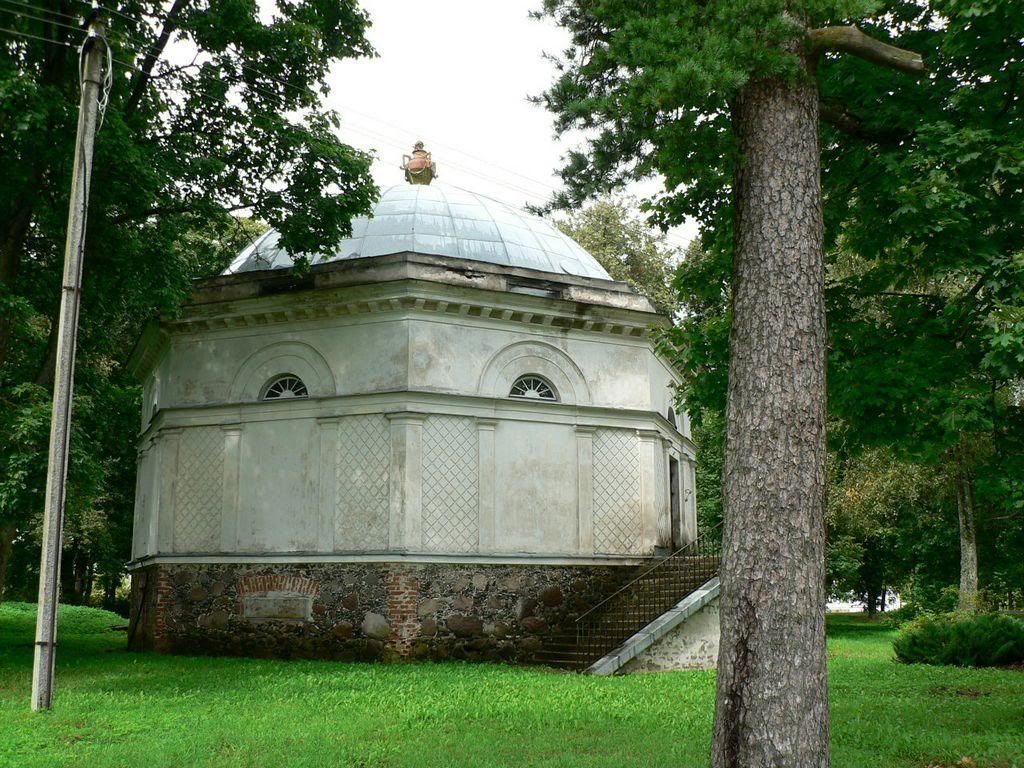
Only ruins left:
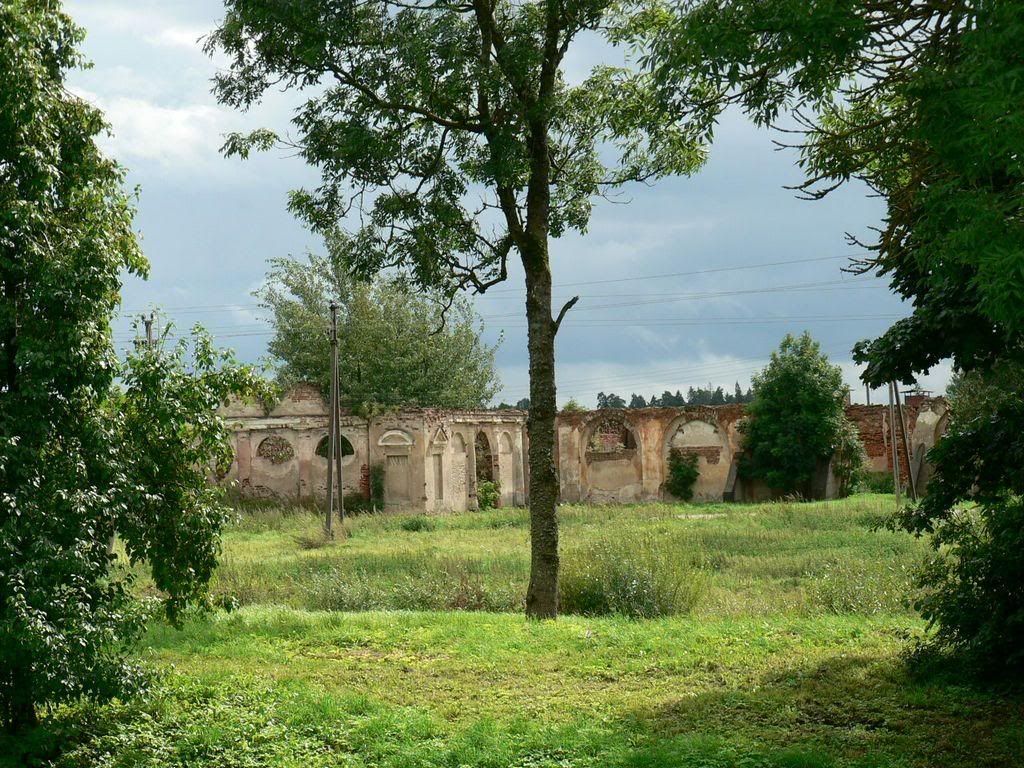
Interesting building of former distillery (second part of XIXth century):
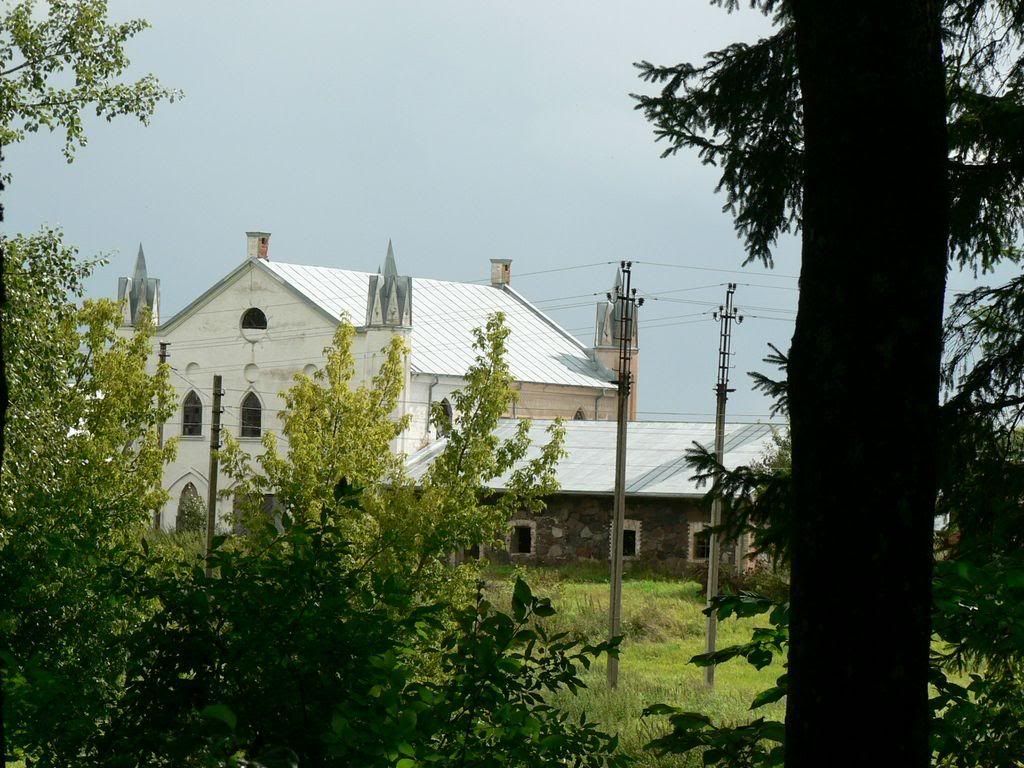

WebCounter

First of all I will place a map showing were those villages exist: Taujėnai is closer to the Ukmergė while Raguvėlė is further to the north:

Taujėnai is village (former center of kolhoz) with about 300 residents. It would be very ordinary village but has at least one object of attraction.
First of all on arrival to Taujėnai from southern side first more interesting object is a classicist church. It's construction was very long and lasted from 1820 to 1858 (arch. Szuren). Construction at the place of older church was initiated by count Benedicto Mariconi and finished by duke Karol Radziwill and his wife Jadwiga Plater. Those families will be important later (just a few photos below):))) (those counts and dukes are buried in this church)


Belfry nearby (1854-1858):

Very modest monument in the village:

But the biggest point of attraction in Taujėnai is estate which is located at the northern corner of the village. Taujėnai estate is known from 1595. In the XVIIth century it changed owners many times till the daughter of the owner married Bonifac Pac and it became a property of the Pac family. In XVIIIth century it became property of Radziwills again via marriages. The most important change happened in 1790 when energetic young Italian count Benedicto Mariconi married Maria Radzillowna. After that he began significant reconstructions of the estate (he is credited with the invitation of Pietro de Rossi , the last great Italian architect who worked in Lithuania). Estate was reconstructed in 1795-1802 of course according the project of de Rossi. In the XIXth century mansion returned the name of Radziwills. In 1918-1940 the estate belonged to the Konstatinas Radvila - the single representative of the famous family who choose Lithuania instead of Poland in 1918. Count was arrested in 1940 and died in Siberia in 1941.
Later here was administration of sovhoz. In the 1990s estate was unused entirely. Photos done in 2003 from Cultural heritage preservation department website shows the situation ...


Painting of Napoleon Orda:

In 2006 - 2008 estate was restored by mysterious Lithuanian businessman living in Switzerland. Situation now is significantly better. But if earlier you could walk around estate now you can see tables everywhere "Private property. Entrance, photographing and filming only with the permission" ... So I did photos only from the other side of the fence:


Other buildings are used also:


Coming back:

Other side of the residence:

Garden:



Interiors are also interesting and restored but I do not visited residence inside. Estate became popular place to held various celebrations. miss pageants, etc. If someone is interested may look to those small third party pictures:
http://www.7seasons.lt/?show_pic=2561
http://www.7seasons.lt/?show_pic=2562
Then I went to the Raguvėlė. In the XVIIIth - XIXth centuries Raguvėle belonged to the Komar family. This family is known from the XIVth-XVth century in Ukraine. In XVIIIth century family somehow relocated to the Lithuania. Some of the Komars returned to Lithuania in 1990s and 2000s. But the situation with the estate is worse here.
In the center of this village is the wooden church built in 1796 by Georg Komar:

Belfry:

More general view (the weather changed very rapidly that day):

And nearby we see forgotten building which earlier was part of manor complex:

To reach the main residential complex we need to cross small park.. The remaining residence was built at the end of XVIIIth century and the beginning of XIXth by the same Georg Komar. He was a colonel of Lithuanian army in the Napoleon's Grand Armee , participant of Borodino and other battles and at the same time personal friend of Alexander I, Tsar of Russia. Alexander lived here at least 5 times between 1815 and 1822 as a guest of Komar. The wars were somehow different in that times :))
The main complex isn't in good condition now:

Coming closer:

Residence from other side:

Details of decor:

Other buildings are in even worser condition:


Two Komar's chapels - mausoleums (around 1840-1850). One restored , one not:


Only ruins left:

Interesting building of former distillery (second part of XIXth century):


WebCounter